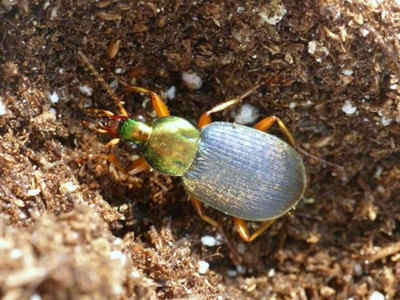Figure 2: A gray garden slug in beautiful detail.
The mucus of a gray garden slug will appear milky, while the mucus of a marsh slug will appear clear. In western Pennsylvania, growers will also encounter dusky slugs, which are attractive little animals that can appear brown or even orange; their mucus also appears milky, sometimes with a tinge of orange.
We have a factsheet that describes scouting and management options for slugs , but our research indicates that managing slugs takes an integrated approach that should be planned well before spring planting. The most diverse rotations tend to experience the fewest slugs, and cover crops can be part of the solution by increasing rotational diversity. Many farmers believe that cover crops tend to be part of the problem, but our research indicates that cover crops can be helpful in the fight against slugs, including by planting green . Other helpful tactics can include planting crops at appropriate soil temperatures and ensuring good furrow closure. Our research is also showing that strong populations of ground beetles (Figure 3) can help suppress slug populations. These beetles can be suppressed by insecticide use, including seeds coated with insecticides.

Figure 3: The ground beetle Chlaenius tricolor, which can help significantly with slug control if farmers minimize their insecticide use, including insecticide-coated seeds.
To maximize their populations, rely on integrated pest management (IPM) to determine whether insecticides should be deployed against pest populations and avoid insecticide-coated seed. To prepare for potential slug damage, it can also be helpful to have some slug bait on hand to use as rescue treatments in portions of fields being damaged, but baits can be ineffective at times, particularly when rain keeps coming. Therefore, a long-term plan that relies on rotations, IPM, and natural enemies will be more sustainable, lower cost, and probably less frustrating.
Source : psu.edu